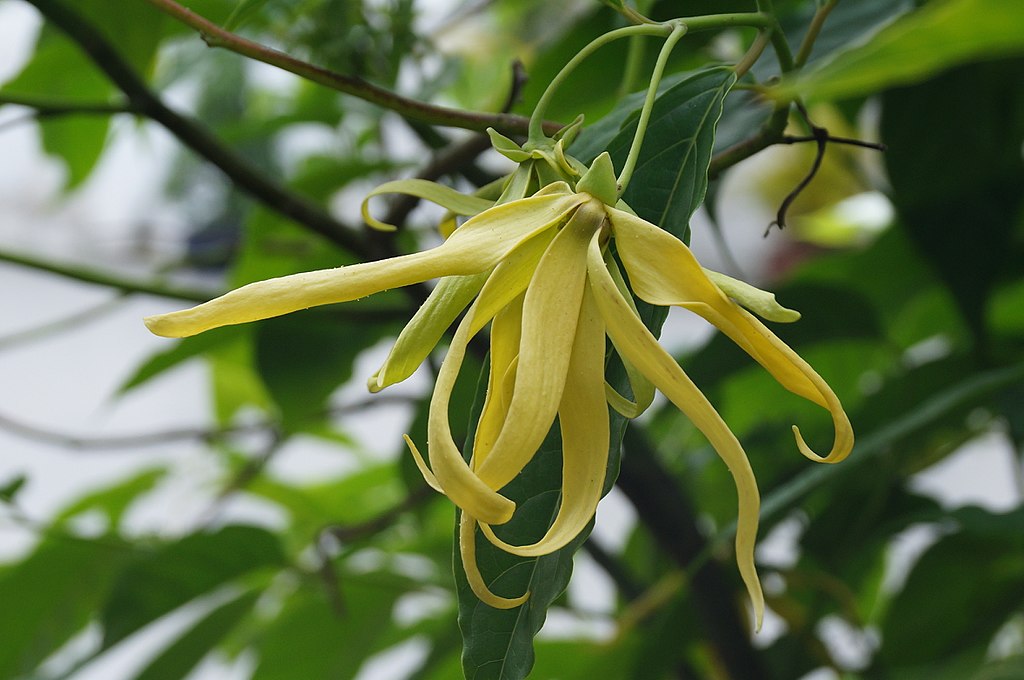! Nouveau site ici !
Vita > Plantae > Magnoliophyta > Magnoliopsida > Magnoliales >
Annonaceae > Cananga
Cananga odorata
(Ylang-ylang)


 | ** - ***
| ** - ***
Vita > Plantae > Magnoliophyta > Magnoliopsida > Magnoliales >
Annonaceae > Cananga
Cananga odorata
(Ylang-ylang)

zone 11-12
Un arbre à feuilles persistantes. Il atteint 25 m de haut et 5 m de large. La tige est dressée et les branches pleurent. Les feuilles sont alternes et simples. Ils mesurent 20 cm de long et ont des bords ondu... (traduction automatique)
→suite
⬀
Le  donne accès au menu
donne accès au menu (c'est votre point de repère) 😊 ;
En dessous vous avez la classification, à partir de la vie (Vita, premier rang) jusqu'à la classe au dessus de la plante, dont vous trouvez ensuite le nom scientifique/botanique (latin) puis le nom commun (français), le cas échéant ;
C'est aussi un lien vers la fiche complète (tout comme la ✖, en bas à droite, et le +, en dessous de la description) ;
Vient alors l'illustration (ou ce qui la remplace, en attendant), la comestibilité :
Et en bas
⬂

![Illustration Cananga odorata, Par Blanco M. (Flora de Filipinas, t. 221, 1875) [xxx], via plantillustrations Illustration Cananga odorata, Par Blanco M. (Flora de Filipinas, t. 221, 1875) [xxx], via plantillustrations](../inc/images/illustrations/ylang_ylang.jpg )



